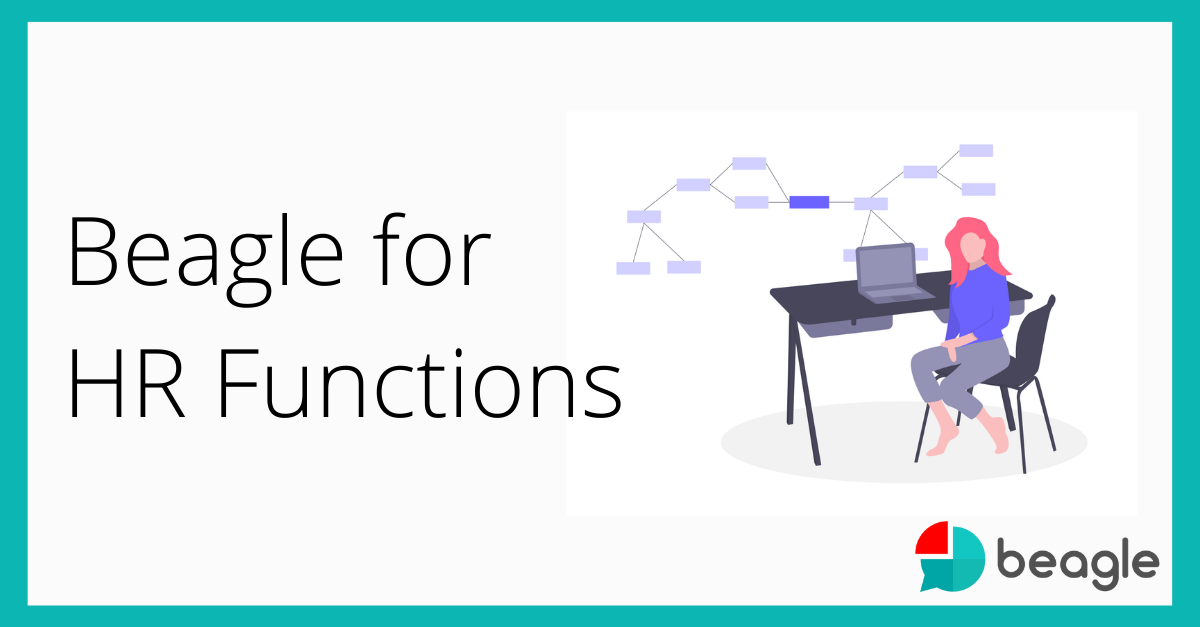This year through the last year, as the pandemic unfolds itself in a million ways, the world suffers a massive shortage of medicines, oxygens and hospital beds.
“Mobile technology and AI give tremendous opportunity to healthcare services. COVID-19 has laid bare the need for infrastructure to be ready for the next crisis. AI is changing the role of doctors as well as the role of patients.” Karan Chopra, ETCIO
Business Intelligence (BI), which was a one-off discussion point for the top level management of organizations has now crept into daily conversations of normal people.
Healthcare industry produces the largest amount of data than any other industry which makes the work of healthcare providers/institutions complicated and inefficient. To avoid such problems in the future, the healthcare industry’s infrastructure must be ready to adopt advanced BI, or analyst tools.
According to Nutanix’s cloud index report, the healthcare industry is willing to adopt a hybrid cloud model which provides quick insights to the healthcare providers by analysing the needs of their patients through the given data. Also, Healthcare organizations expect to increase hybrid cloud deployments by 32 points over the next five years.
Why is there a sudden global shift in the infrastructure of the healthcare industry? Why is it crucial to accelerate the adoption of healthcare business intelligence?
Let’s discuss the issues that are giving rise to these questions –
Addressing the ‘new normal’ needs of healthcare:
The use of data analytics and BI is recognised as Sustainable Development Goals by the United Nations. Storing patients’ data records digitally proves to be vital in the pandemic as it is unsafe for the patients to visit doctors and physicians personally. The new norms have to adopt the right technologies to lead to the new normal.
Various healthcare organizations across the globe are joining hands with new technologies like machine learning (ML), business intelligence (BI), artificial intelligence (AI) and more alike in extracting the required insights from the data available.
Enhancing efficiency and minimizing treatment costs:
It is a proven fact that BI and AI are helping the doctors in not only treating patients but also in improving their health in the long-run with a precise diagnosis of the illness, thus cutting down the cost of unnecessary tests and also saving time of those patients. The doctors are able to identify the early signs of any chronic disease like cancer in patients with the help of an AI-enabled diagnostic system which further eliminates the life-threatening risks and treatment costs. Another very notoriously famous perks of a virtual analyst is electronic health records (EHR), that has saved a lot of time for the doctors by collecting useful information and making it available via intuitive UI. This feature has resulted in eliminating the human error of prescribing wrong medications, dose, etc. In 2021, it has become a necessity to change the healthcare industry!
Escalating growth in the Healthcare industry:
According to a research study, by including analytics tools in the healthcare organizations, the CAGR of the healthcare industry will increase by 40% in 2021 and can transform healthcare outcomes by 30-40% cutting down the treatment costs by 50%. It is predicted that by the year 2024, the value of the healthcare analytics market will be around 50.5 billion USD, which is almost double the value at present.
The growth will come in four major departments of the healthcare industry, namely-
- financial analytics which will cut down the cost for both the patients and the caregivers by providing insights on budgeting, forecasting and revenue management;
- administrative analytics which will adhere to the problems of shortage of staffs and other resources;
- clinical analytics which will educate the healthcare workers in decision-making with the help of real-time insights provided by the virtual analyst;
- predictive analytics which collects the information uploaded in a system to detect any outbreak of disease like Coronavirus, hence called population analytics.
Many health care institutions fear the adoption of BI for the complexities that it brings with itself. But with everything around us, business intelligence has also evolved their navigation according to users.
There are tools that are constantly trying to make it easier for end-users to access and use data in real time. If you are looking for such a solution, get in touch.
Our product Beagle helps clients to expand their reach to patients and aid the treatment process by producing effective real-time results in no time. This conversational analyst makes the work easier with a simple drag and drop interface and data visualization.
